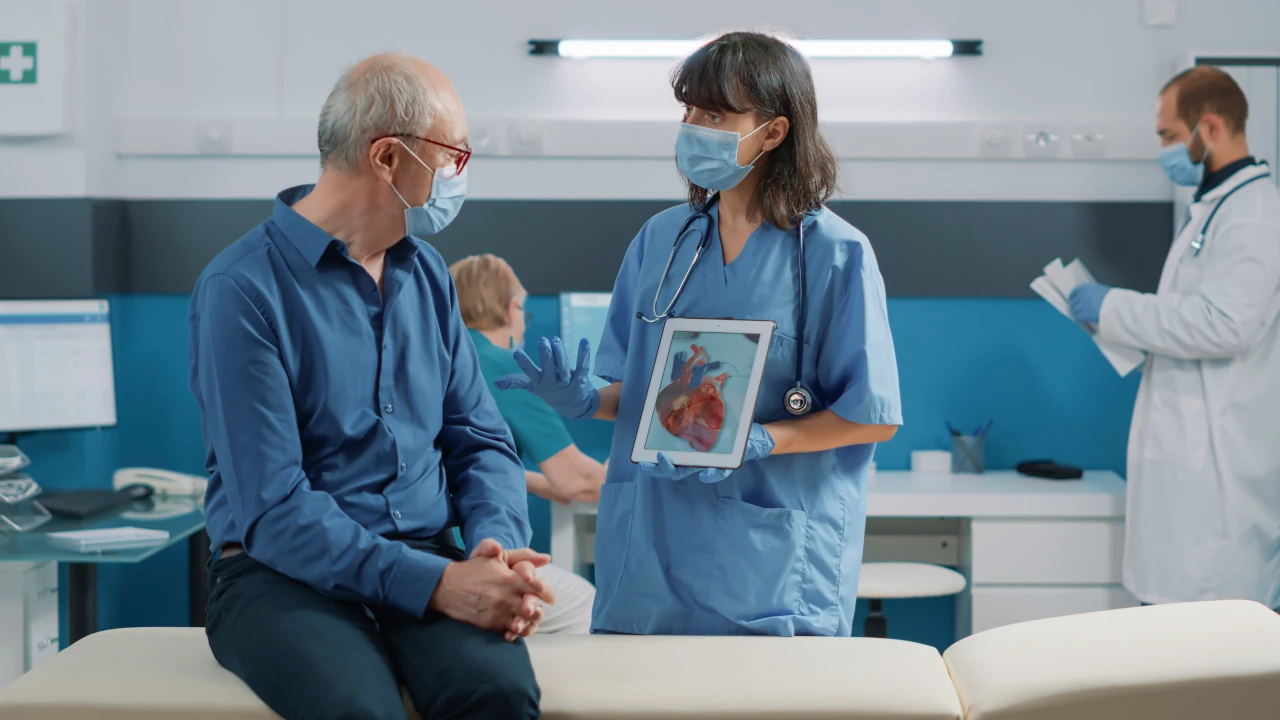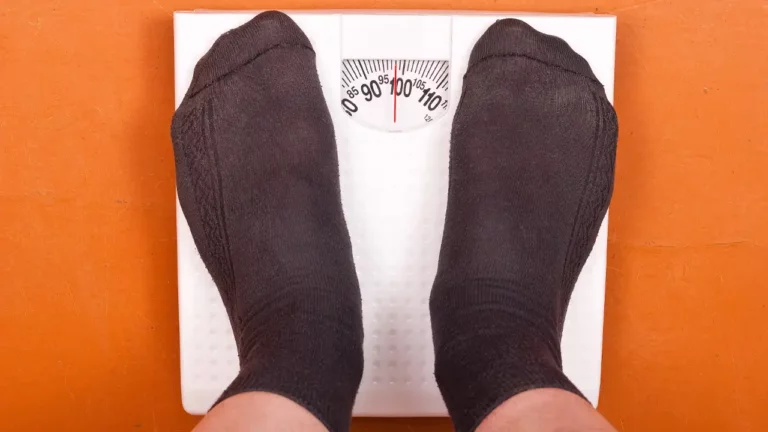Heart failure (HF) is a chronic condition affecting millions of individuals globally, necessitating consistent and comprehensive management to improve patient outcomes and quality of life. Traditional healthcare delivery models, often constrained by geographic and logistical barriers, have struggled to meet the needs of this growing patient population. However, advancements in telehealth services and Remote Patient Monitoring (RPM) offer a promising solution. By leveraging the synergistic potential of these technologies, healthcare providers can enhance access to care, ensure timely interventions, and ultimately improve health outcomes for heart failure patients.
Telehealth Services: Breaking Down Barriers
Telehealth encompasses a broad spectrum of services, including virtual consultations, remote diagnostics, and digital therapeutics, aimed at delivering healthcare at a distance. For heart failure patients, telehealth provides several distinct advantages:
- Accessibility: Telehealth bridges the gap between patients and healthcare providers, particularly for those in rural or underserved areas. By eliminating the need for physical travel, patients can receive timely consultations and follow-ups without the logistical challenges associated with in-person visits.
- Convenience: Virtual consultations allow patients to engage with their healthcare team from the comfort of their homes. This convenience encourages adherence to scheduled appointments and facilitates more frequent interactions, essential for the dynamic management of chronic conditions like heart failure.
- Continuity of Care: Telehealth ensures continuous monitoring and communication, enabling healthcare providers to respond swiftly to any changes in a patient’s condition. This proactive approach helps in mitigating complications and preventing hospital readmissions.
Remote Patient Monitoring: Real-Time Insights for Proactive Care
Remote Patient Monitoring involves the use of connected devices to collect and transmit patient health data, such as heart rate, blood pressure, weight, and oxygen saturation levels, to healthcare providers in real time. For heart failure management, RPM offers several critical benefits:
- Early Detection of Deterioration: Continuous monitoring allows for the early detection of physiological changes that may indicate worsening heart failure. This enables prompt intervention, often before the patient experiences significant symptoms, reducing the risk of acute exacerbations.
- Personalized Treatment Plans: RPM provides detailed, longitudinal data on a patient’s health status, enabling healthcare providers to tailor treatment plans based on individual needs and trends. This personalized approach enhances the effectiveness of therapy and supports better patient outcomes.
- Patient Engagement: The use of RPM devices fosters a sense of empowerment among patients, encouraging them to take an active role in managing their condition. Enhanced patient engagement is associated with improved adherence to treatment regimens and lifestyle modifications.
The Synergistic Impact on Heart Failure Management
The integration of telehealth services and RPM creates a powerful, synergistic approach to heart failure management. Here’s how their combined impact can transform patient care:
- Enhanced Access and Efficiency: Telehealth consultations facilitated by real-time RPM data allow for more informed decision-making and efficient care delivery. Providers can swiftly adjust treatment plans based on the latest patient data, optimizing clinical outcomes.
- Reduced Hospitalizations and Healthcare Costs: By enabling early intervention and continuous monitoring, the synergistic approach can significantly reduce hospital admissions and emergency room visits. This not only enhances patient well-being but also lowers healthcare costs associated with managing heart failure.
- Improved Patient Satisfaction and Quality of Life: The convenience and effectiveness of telehealth and RPM improve patient satisfaction, as individuals feel more supported and confident in managing their condition. The reduction in hospital visits and better health outcomes contribute to an improved quality of life.
Enhancing Heart Failure Management with DrKumo’s Synergistic Telehealth and RPM Solutions
DrKumo’s advanced Remote Patient Monitoring (RPM) solutions integrate seamlessly with telehealth services to revolutionize heart failure management.
By combining real-time health data collection with virtual consultations, DrKumo empowers healthcare providers to offer personalized and proactive care. This synergy ensures:
Early detection and timely interventions
- Real-time Monitoring: Continuous data collection allows for the early detection of potential health issues.
- Proactive Care: Immediate access to health data enables timely interventions, preventing complications.
Continuous patient support
- Virtual Consultations: Regular online consultations keep healthcare providers updated on patient status.
- Ongoing Communication: Consistent interaction ensures patients feel supported and engaged in their care.
Enhanced patient benefits
- Improved Accessibility: Patients can access healthcare services from the comfort of their homes.
- Reduced Hospital Visits: Effective monitoring and timely interventions decrease the need for hospital admissions.
- Better Health Outcomes: Personalized and proactive care leads to overall improved health and quality of life.
DrKumo’s solutions are a critical component in modern heart failure management, transforming how patients and providers approach this chronic condition.
Takeaways
The integration of telehealth services and Remote Patient Monitoring represents a paradigm shift in the management of heart failure. By combining the accessibility and convenience of telehealth with the real-time insights provided by RPM, healthcare providers can deliver more proactive, personalized, and effective care. This synergistic approach not only enhances access to care but also significantly improves health outcomes and patient satisfaction. As healthcare continues to evolve, embracing these innovative technologies will be crucial in meeting the needs of heart failure patients and improving their overall quality of life.
Take control of heart failure management today with DrKumo’s innovative RPM solutions. Discover how our seamless integration with telehealth can enhance patient care and outcomes. Contact us now to learn more and get started!
Disclaimer: This article is for informational purposes only and does not constitute medical advice. Consult your healthcare provider before making any changes to your heart failure management plan.








